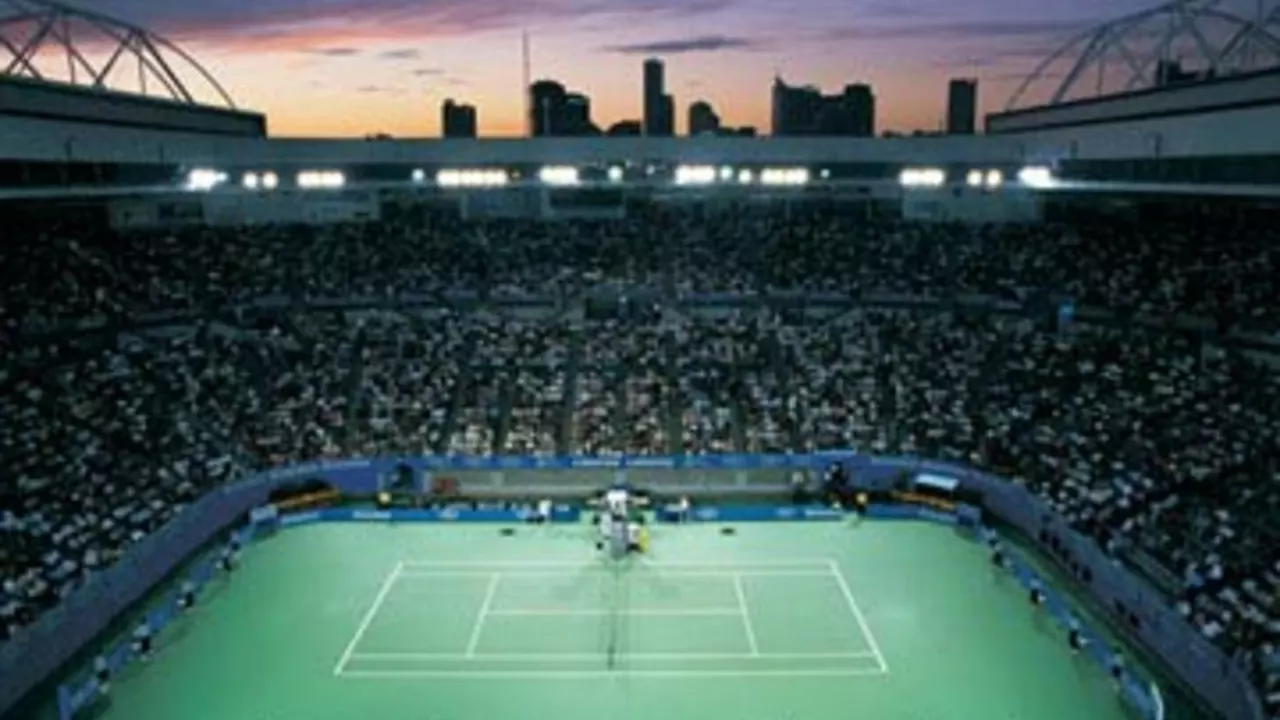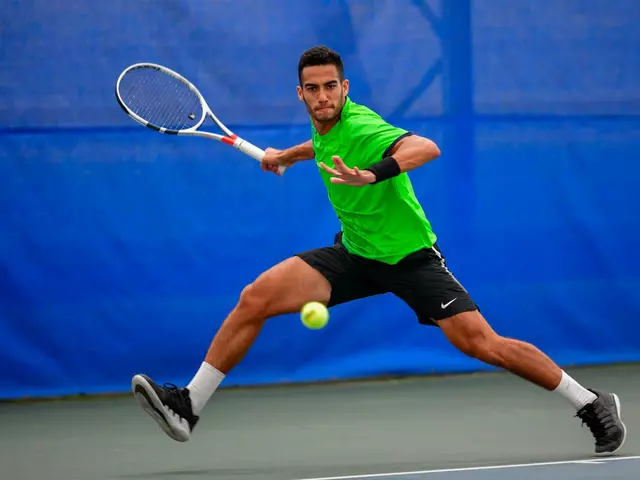Low Tennis Tips: Simple Strategies to Improve Your Game
Ever feel like you need fancy equipment or endless hours on court to get better? You don’t. Small, low‑intensity changes can add up fast. In this guide I’ll show you practical steps you can start right now, no big budget required.
Why low‑intensity drills work
Low‑intensity drills keep you fresh while still training the key muscles you use in every rally. Think of a short, 5‑minute shadow swing before a match. It warms up your shoulders, reinforces proper swing paths, and prevents early fatigue. Because the effort is light, you can repeat the drill many times without blowing out your arm.
Another win is consistency. When the drill isn’t exhausting, you’re more likely to keep good form. That means muscle memory builds correctly, and you’ll notice smoother shots in real match play.
Budget‑friendly gear choices
You don’t need a pro‑level racket to play well. Look for a lightweight frame with a large sweet spot – something like the HEAD Ti.S6 or a Babolat Drive Max 110. Both cost less than premium models but give plenty of power for beginners.
String tension matters too. A lower tension (around 22‑24 lb) gives you more dwell time on the ball, which helps generate spin without extra effort. You can usually adjust tension at a local shop for a small fee.
If you’re short on court time, grab a cheap resistance band or a tennis ball can. Band exercises strengthen the rotator cuff and forearm, while a simple ball squeeze works the grip. These tools cost pennies and can be used at home.
Footwork doesn’t need a fancy ladder. Mark a line on your driveway with chalk and practice short side‑to‑side hops. Keep the movement low, stay on the balls of your feet, and you’ll improve balance without any gear.
Serve practice can stay low‑key too. Use a wall and aim for a small target. By focusing on a smooth, controlled motion rather than raw power, you’ll develop a more repeatable serve that’s harder to fault.
Mentally, stay relaxed. Treat every point as a learning opportunity, not a win‑or‑lose moment. Low pressure helps you stay focused on the fundamentals you’re working on.
Finally, schedule short, regular sessions. Ten minutes a day beats one long session once a month. Consistency builds confidence, and confidence translates into better performance on the court.
Put these low‑intensity, low‑cost ideas into your routine and watch your game climb without the stress of big investments or marathon workouts. You’ve got everything you need right now – just start applying the tips and enjoy the progress.

Why is the Australian Open Court speed so low this year?
From my observations, the Australian Open Court speed has noticeably dropped this year. The main reason for this is the change in court surface, which has been switched to a slower pace to promote longer rallies and a more strategic style of play. The cooler weather conditions also contribute to the decrease in speed as the ball doesn't bounce as high or travel as fast. This has been a major talking point among players who are having to adjust their games accordingly. It's definitely a change that's stirred up the tournament this year.
Detail



